The big mover in the CSIRO’s GenCost report was the plunging cost of battery storage. One major battery project may already be doing much better.
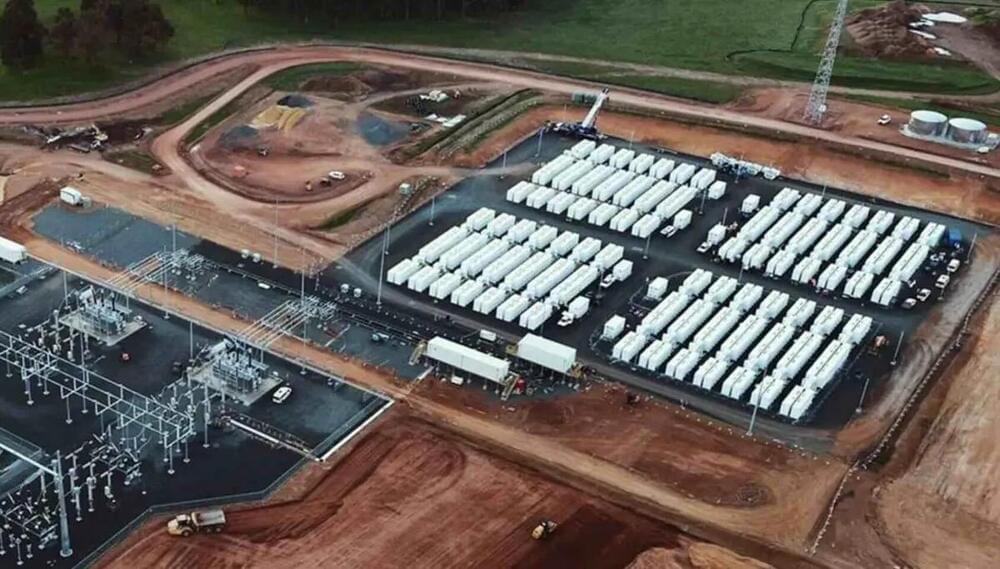

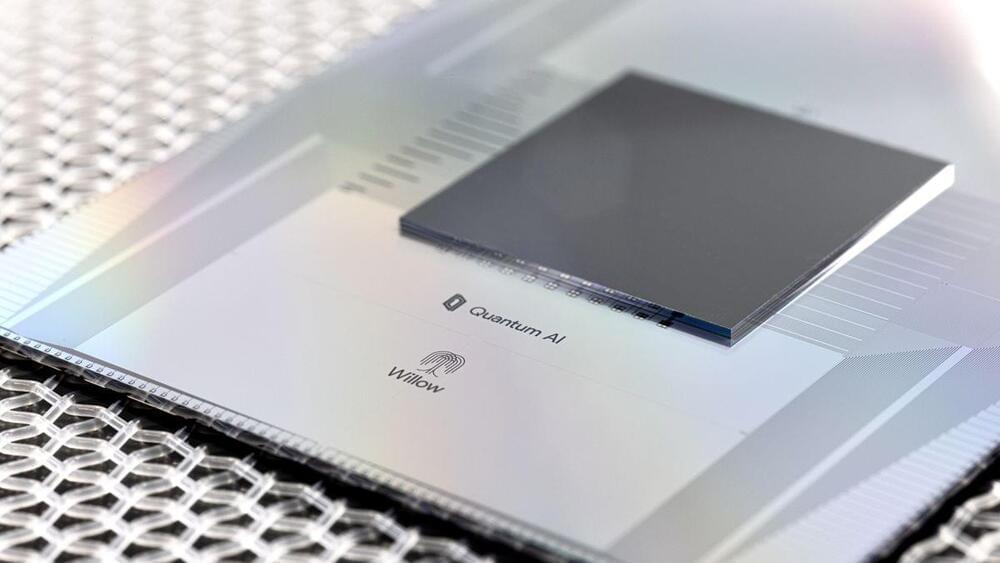
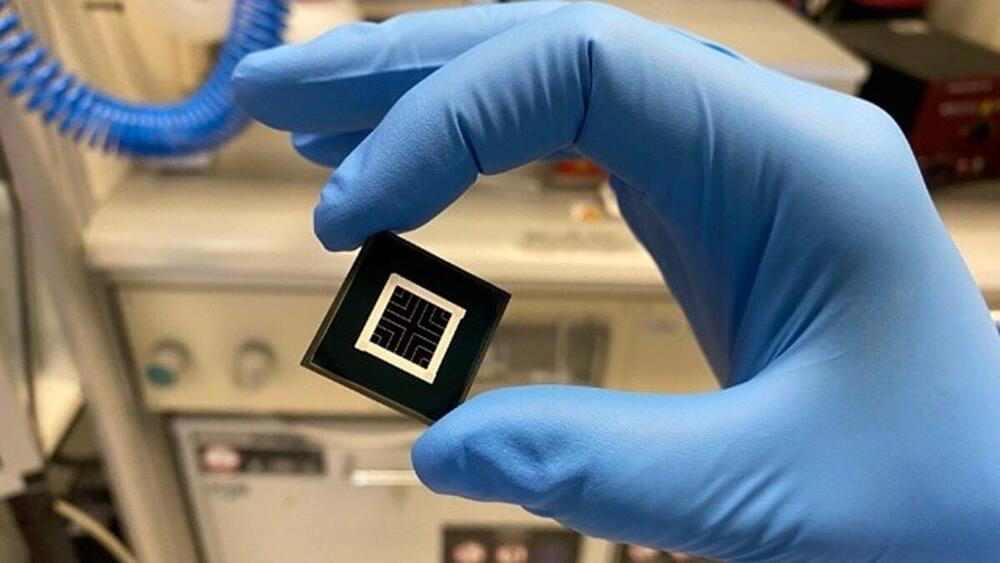
The researchers produced new materials with perovskite crystal structures and compared them with existing materials at the cell level, concluding that high efficiencies can only be achieved with lead perovskites. They then fabricated highly efficient demonstrators, such as a perovskite silicon tandem solar cell of more than 100 sq cm with screen-printed metallization.
The project also included the development of a scalable perovskite-silicon tandem solar cell that achieved a 31.6% power conversion efficiency, first announced in September. The Fraunhofer researchers used a combination of vapor deposition and wet-chemical deposition to ensure an even deposition of the perovskite layer on the textured silicon surface. “Close industrial cooperation is the next step in establishing this future technology in Europe,” said Professor Andreas Bett, coordinator of the project.
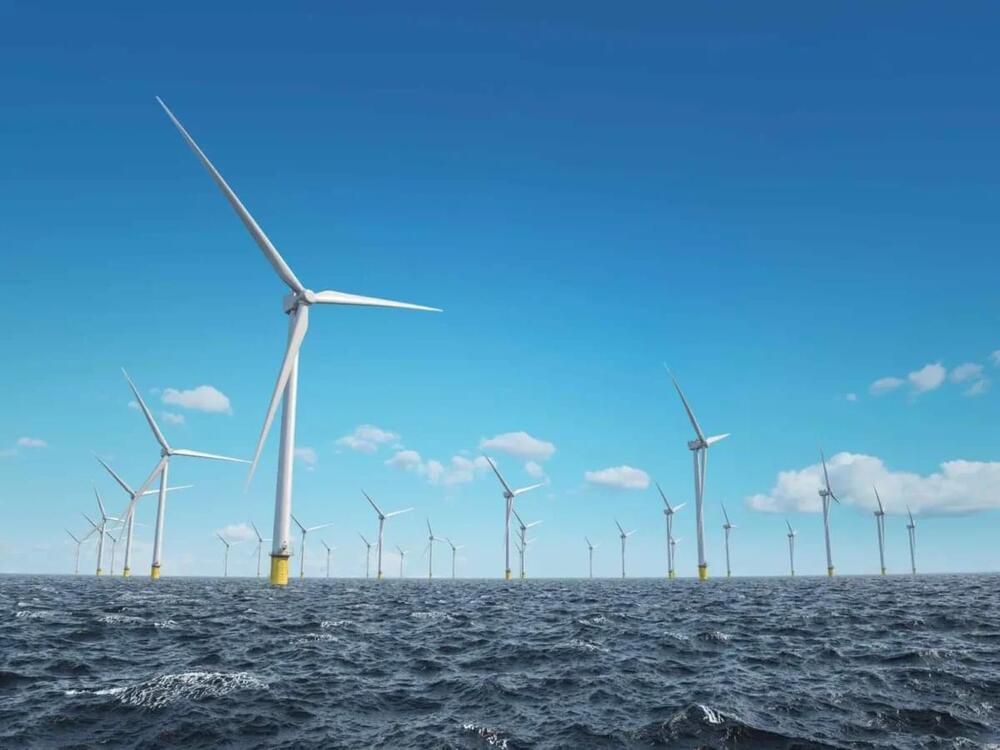
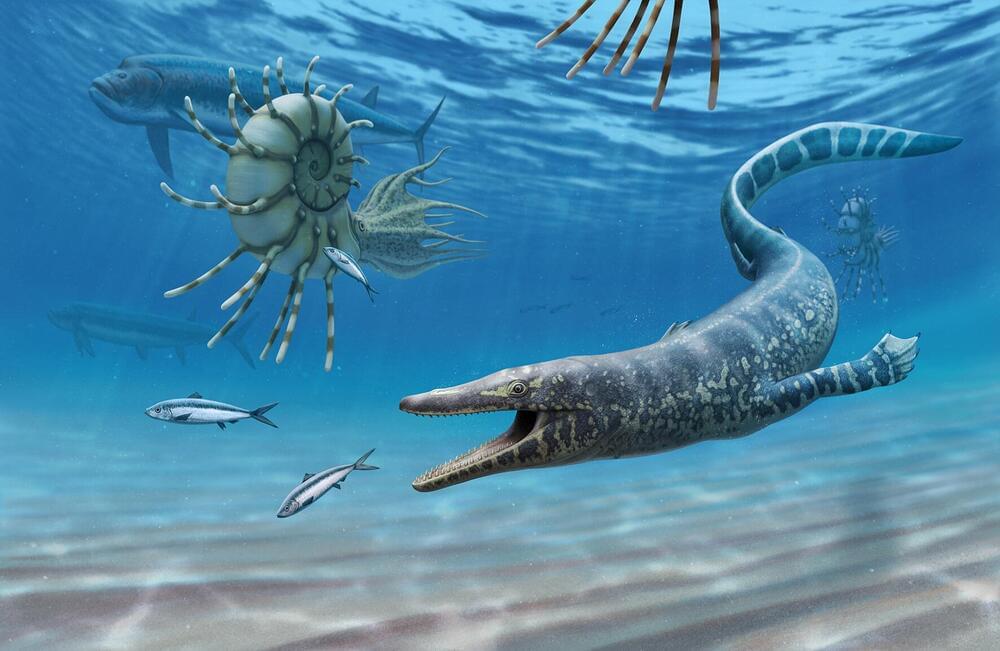
Mosasaurs are extinct marine lizards, spectacular examples of which were first discovered in 1766 near Maastricht in the Netherlands, fueling the rise of the field of vertebrate paleontology. Paleontologist Michael Polcyn presented the most comprehensive study to date on the early evolution and ecology of these extinct marine reptiles.
On 16 December, Polcyn will receive his Ph.D. from Utrecht University for his research into the evolution of the mosasaurs. Mosasaurs are a textbook example of macroevolution, the emergence of new and distinct groups of animals, above the level of species. Although they have been studied for centuries, new discoveries, novel research approaches, and the application of technology, are still teaching us about their relationships and behaviors, some of which continue to surprise us.
For example, through the use of detailed comparative anatomy aided by micro-CT scanning technology, we have gained a much better understanding of what group of lizards mosasaurs likely evolved from.
Google has unveiled a new chip which it claims takes five minutes to solve a problem that would currently take the world’s fastest super computers ten septillion – or-1 years – to complete.
The chip is the latest development in a field known as quantum computing — which is attempting to use the principles of particle physics to create a new type of mind-bogglingly powerful computer.
Google says its new quantum chip, dubbed \.
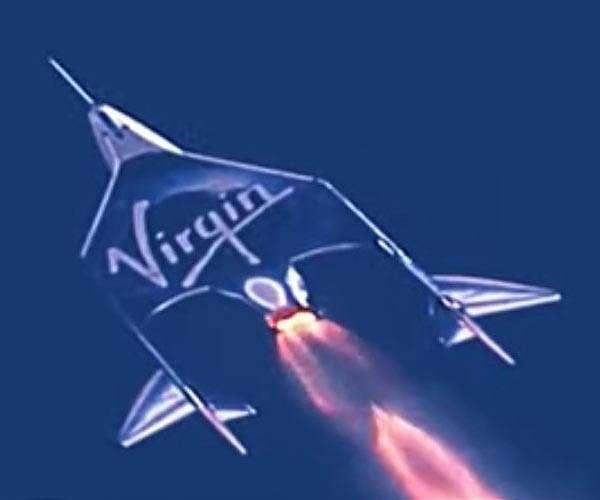
US space company Virgin Galactic announced Thursday it is exploring the possibility of opening a new base in Italy, potentially bringing suborbital flights to tourists in Europe for the first time.
Founded by British billionaire Richard Branson, the company is currently in a two-year hiatus to upgrade its fleet, following seven commercial flights to the edge of space from its US base at Spaceport America in New Mexico.
Virgin Galactic said it had signed an agreement with Italy’s ENAC civil aviation authority to study the feasibility of operating missions from Grottaglie Spaceport, located in the Puglia region of southern Italy.
Expand your scientific horizon with Brilliant! 🧠 Use my link https://brilliant.org/DrBrianKeating/ to get 20% off the annual premium subscription.
Will AI ever surpass human intelligence, discover new laws of physics, and solve the greatest mysteries of our universe?
This week on Into the Impossible, I explore the potential and dangers of artificial intelligence with none other than Max Tegmark!
Max Tegmark is a renowned physicist and machine learning expert who dedicated his career to uncovering the mathematical fabric of reality, proposing that our universe itself might be a vast mathematical structure and that we could be living in a multiverse of endless possibilities. His work goes beyond physics to tackle the transformative power and ethical challenges of artificial intelligence, an area where he believes humanity must tread carefully.
In the second part of our fascinating interview, we discuss the development of AI, the impact it will have on science, and our role in all of this.
Tune in to discover if AI will ever surpass human intelligence!
Exploiting the promise of recent advances in imitation learning for mobile manipulation will require the collection of large numbers of human-guided demonstrations. This paper proposes an open-source design for an inexpensive, robust, and flexible mobile manipulator that can support arbitrary arms, enabling a wide range of real-world household mobile manipulation tasks. Crucially, our design uses powered casters to enable the mobile base to be fully holonomic, able to control all planar degrees of freedom independently and simultaneously. This feature makes the base more maneuverable and simplifies many mobile manipulation tasks, eliminating the kinematic constraints that create complex and time-consuming motions in nonholonomic bases. We equip our robot with an intuitive mobile phone teleoperation interface to enable easy data acquisition for imitation learning.
Technology has shaped our civilization as it grew down the centuries, and since the industrial revolution, each new generation seems defined by some new technological revolution… So what will the next revolution be?
If you love card games, definitely check out Doomlings. Click here and use code ISAAC20 to get 20% off of your copy of Doomlings! https://bit.ly/IsaacDoomlings.
Visit our Website: http://www.isaacarthur.net.
Join Nebula: https://go.nebula.tv/isaacarthur.
Support us on Patreon: / isaacarthur.
Support us on Subscribestar: https://www.subscribestar.com/isaac-a…
Facebook Group: / 1583992725237264
Reddit: / isaacarthur.
Twitter: / isaac_a_arthur on Twitter and RT our future content.
SFIA Discord Server: / discord.
Credits:
The Next Technological Revolution.
Episode 460; August 15, 2024
Produced, Written \& Narrated by: Isaac Arthur.
Editor: Lukas Konecny.
Select imagery/video supplied by Getty Images.
Music Courtesy of Epidemic Sound http://epidemicsound.com/creator.
Stellardrone, \